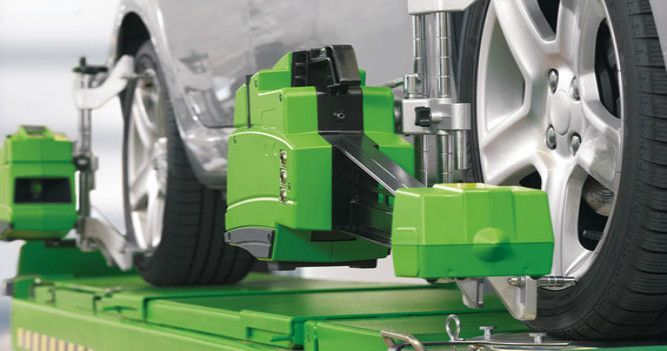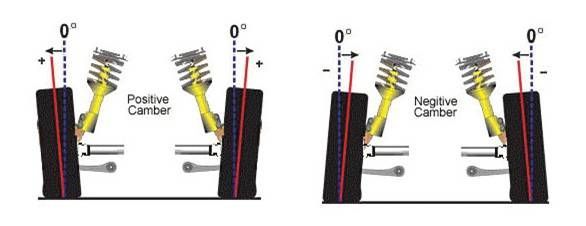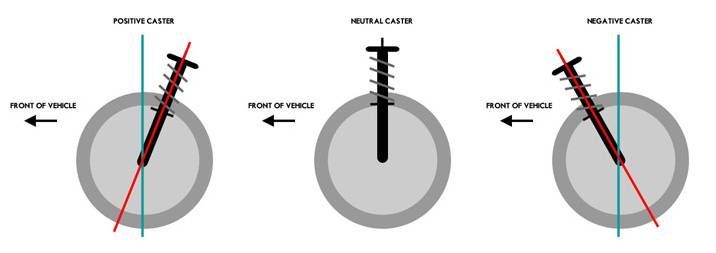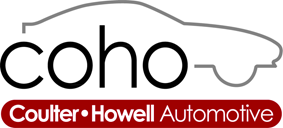Wheel Alignment Manassas VA
Car Tire Alignment
Neglecting your tires will not only cause them to wear prematurely but could also adversely affect gas mileage and the handling of your car. There are three things you should do to prolong tire life: maintain proper tire inflation, rotate the tires (providing they are the same size) and, the subject of this article, regularly check your vehicle’s tire alignment.
A wheel alignment is often called a front-end alignment, steering alignment, or steering balance. Simply stated, it consists of adjusting the angles of the wheels so they are perpendicular to the ground and parallel to each other. A tire alignment is, in short, a suspension-tuning tool that affects the how the vehicle handles. This ensures that your car, SUV, minivan or truck tracks straight and true.
Some indicators of an improperly aligned vehicle are if it:
- Pulls to one side or the other.
- Wanders to one side or the other on a level, straight road.
- Vibrates or shudders, which is most often felt in the steering wheel.
- Exhibits uneven tire wear.
- Has an off-centered steering wheel.
By checking and measuring the angles of critical suspension and steering components and comparing these data against a set of desired specifications, a skilled technician can determine if your vehicle is out-of-alignment. Regular wheel alignments will usually save you as much in tire wear as they cost, and should be considered part of your routine, preventative maintenance.
So, what causes a vehicle to go out of alignment? It can be the result of running over a pothole, continually driving on rough roads, hitting a curb, or simply normal wear of steering and suspension components. Regardless, the end result is that the handling of your vehicle will suffer, fuel efficiency will decline, and the tires will wear prematurely.
Based on a manufacturer’s specifications, aligning a vehicle requires balancing the steering angles against the physical forces being exerted. These steering angles are; caster, camber and toe. Here’s a more in-depth explanation of each.

Camber
Camber is the angle of the wheel when viewed from the front of the vehicle. If the top of the wheel is leaning out from the center of the car, then the camber is said to be positive. If it’s leaning in, then the camber is negative. If the camber is out of adjustment, it will cause tire wear on one side of the tire’s tread. This adjustment essentially maximizes the tire-to-road contact and takes into account the changes of force when a vehicle is turning. It is also the one adjustment that can be set according to driving habits; i.e., conservative highway driving, or aggressive cornering.

Caster
Caster is the angle of the steering pivot when viewed from the side of the vehicle. Caster angle settings balances steering effort, high speed stability, and front end cornering effectiveness. If the top of the pivot is leaning toward the rear of the car, then the caster is positive. If it is leaning toward the front, it is negative. If the caster is out of adjustment, it can cause problems in straight-line tracking. If the caster is different from side to side, the vehicle will pull to the side with the less positive caster.

Toe
The toe measurement is the difference in the distance between the front of the tires and the back of the tires when viewed from directly above. Positive toe, or toe in, is the front of the wheel pointing in towards the centerline of the vehicle. Negative toe, or toe out, is the front of the wheel pointing away from the centerline of the vehicle. Toe is set to let the tires roll in parallel (at zero toe) when the vehicle is in motion. Toe can also be used to alter a vehicle’s handling traits. Increased toe-in will typically result in reduced oversteer, help steady the car and enhance high-speed stability. Increased toe-out will typically result in reduced understeer, helping free up the car, especially during initial turn-in while entering a corner.

Because of the extremely poor condition of the roadways in and around the Washington, DC-metropolitan area, we recommend having your car, truck, minivan or truck checked at least twice a year. If in doubt, please make an appointment so one of our ASE certified technicians can inspect your vehicle’s wheel alignment using our precision Bosch computer alignment system.
Contact Info
Reviews
All Rights Reserved | Coho Auto | Privacy Policy | Website by ReDoSites | SEO
